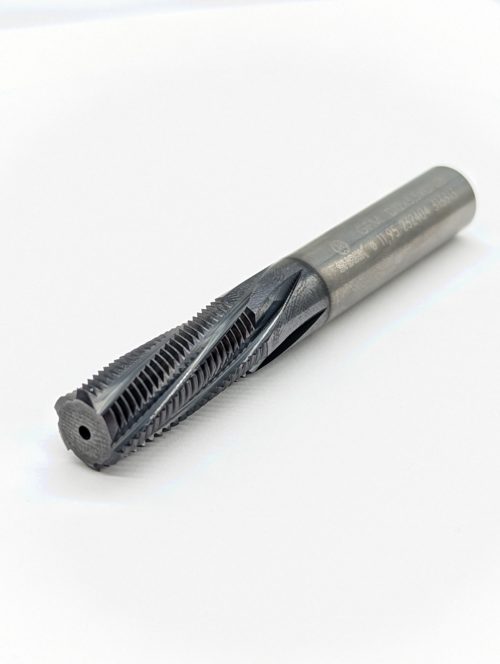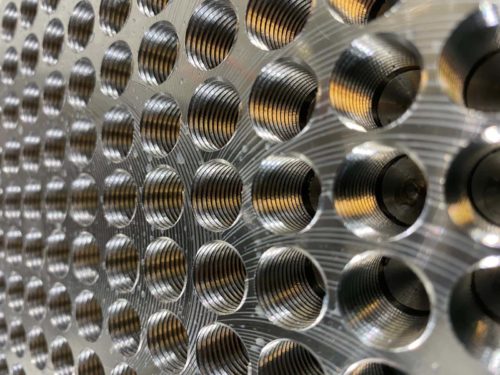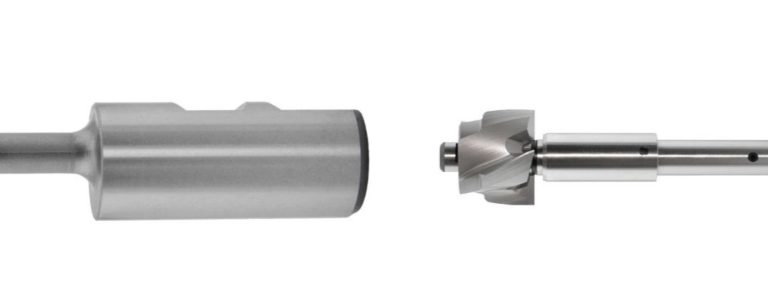Benefits of Variable Helix Angles in Thread Milling
Lets Analyze The Benefits
When it comes to thread milling, the helix angle of the tool can have a significant impact on the quality of the finished product. A variable helix angle, in particular, can offer a range of benefits that make it a popular choice among machinists. In this blog, we’ll explore some of the key advantages of using a variable helix angle when thread milling.

Firstly, an explanation of variable helix angles in milling tools. The helix angle of a milling tool refers to the angle formed between the cutting edge of the tool and a line perpendicular to the axis of rotation of the tool. Variable helix angles are a feature of milling tools that involve changing the angle of the helix along the length of the flutes of the tool. In traditional milling tools, the helix angle is constant throughout the length of the flutes. However, variable helix angles allow for the optimization of the cutting action of the tool in different parts of the milling process.
Lets analyze some of the benefits of variable helix angles:
- Reduced Vibration – A variable helix angle helps to reduce vibration during the milling process. Because the cutting forces are spread out over a larger area, there is less chance of the tool vibrating or chattering as it cuts through the workpiece. This can help to produce a more accurate thread with fewer errors or imperfections.
- Increased Tool Life – By reducing vibration and improving chip evacuation, a variable helix angle can also help to extend the life of the milling tool. Because there is less stress on the tool during the cutting process, it is less likely to become damaged or worn out over time. This can save money in the long run by reducing the need for frequent tool changes.
- More Versatility – Finally, a variable helix angle can make the milling process more versatile. By using a tool with a variable helix angle, it allows for the tool to be used in a multitude of different materials while still achieving fantastic results.
In conclusion, a variable helix angle can offer a range of benefits when it comes to thread milling. By improving chip evacuation, reducing vibration, increasing tool life, and adding versatility to the milling process, it can help machinists achieve higher-quality results with greater consistency and efficiency.







